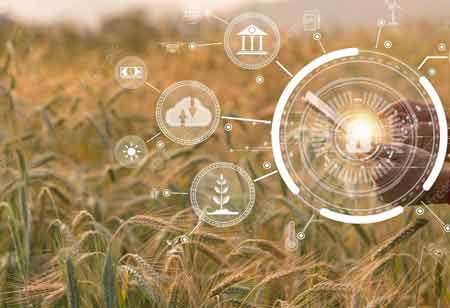Satellite Imaging
Since remote satellite imagery has become more sophisticated, real-time crop imagery is enabled. Crop imaging allows a farmer to inspect crops in real-time. Also, weekly photo analysis can save considerable time and money on a farm. This technology can also be combined with the crop, soil, and water sensors to allow farmers to receive notifications and appropriate satellite images when the thresholds for danger are reached.
These are just a few innovative farming practices changing the future of crop production, and agricultural technology certainly has more to offer.
Sensor Technology
Soil and water sensors might be the devices with the most immediate effect. Such sensor technology is durable, secure, and relatively inexpensive. As a result, farmers find distributing them across their land cost-effective, and the sensors also provide numerous other benefits, such as measuring levels of moisture and nitrogen. Farmers can employ this information to determine schedule watering and fertilizing. This can further lead to more effective use of resources, thereby reducing costs.
Farming as a Service (FaaS)
Recently, subscription and pay-per-use farming services have become more popular, known as FaaS in the Software as a Service (SaaS) model. FaaS is the best model for farmers and landowners to manage the volatility of ever-changing demand and product prices. In addition, by converting fixed upfront costs into variable ongoing costs, FaaS helps farmers and landowners to make data-driven decision-making smarter.
These are just a few innovative farming practices changing the future of crop production, and agricultural technology certainly has more to offer.



